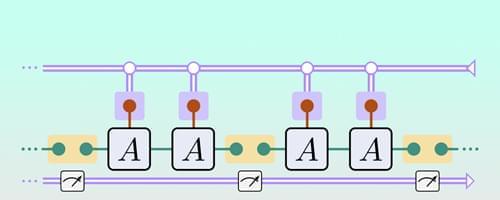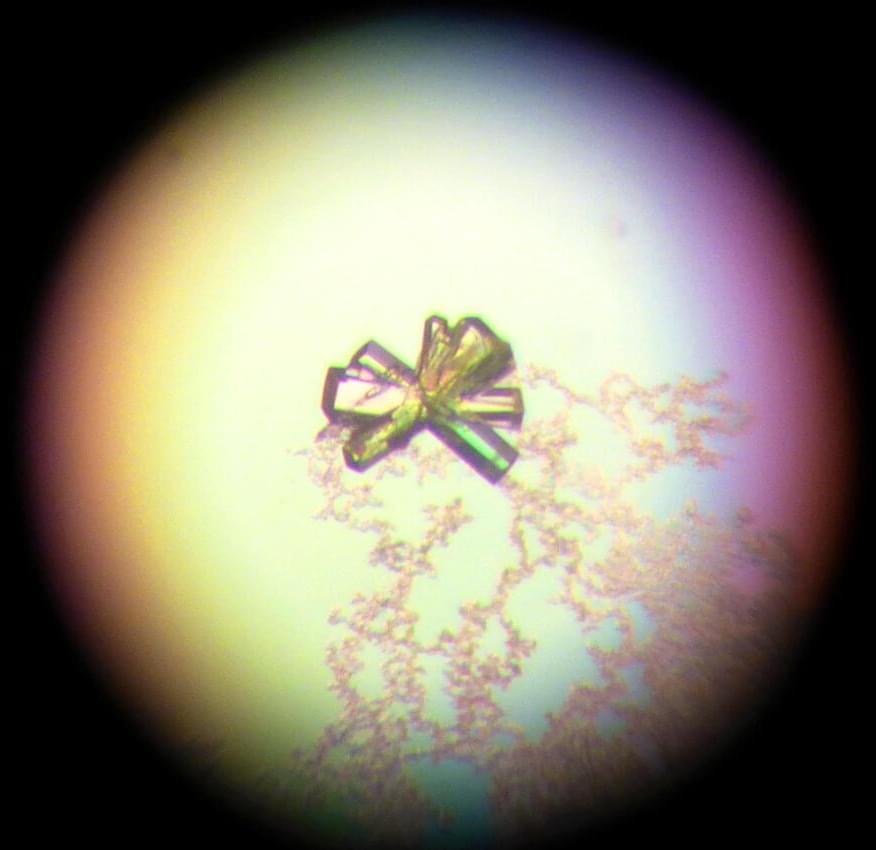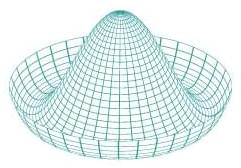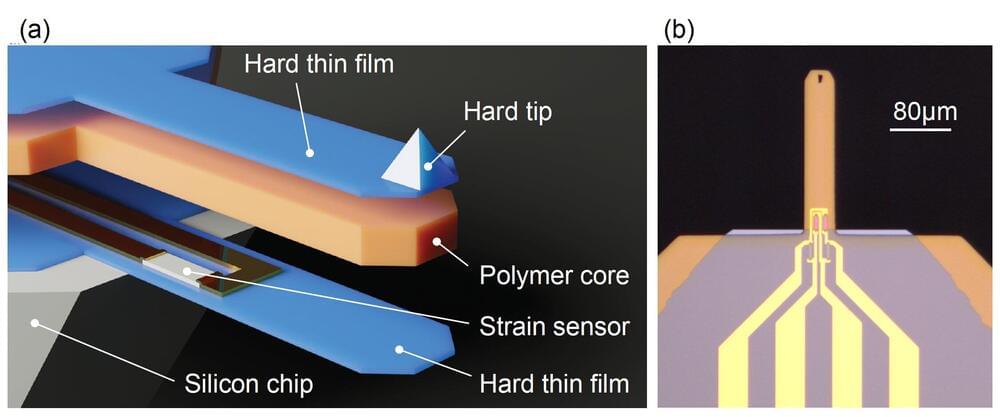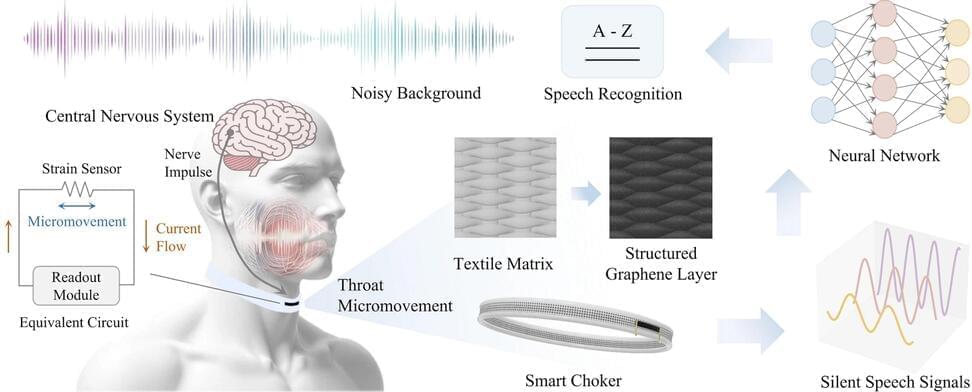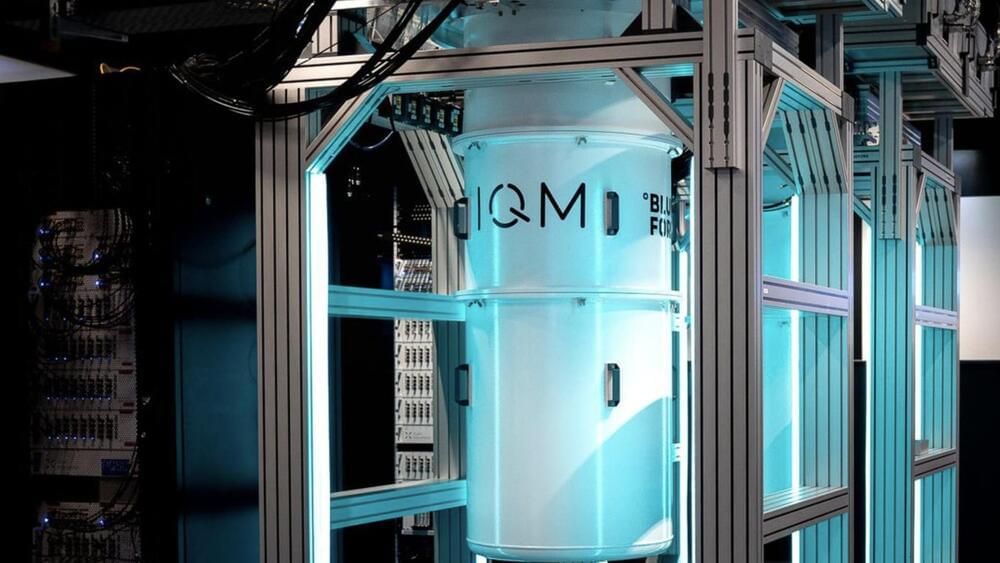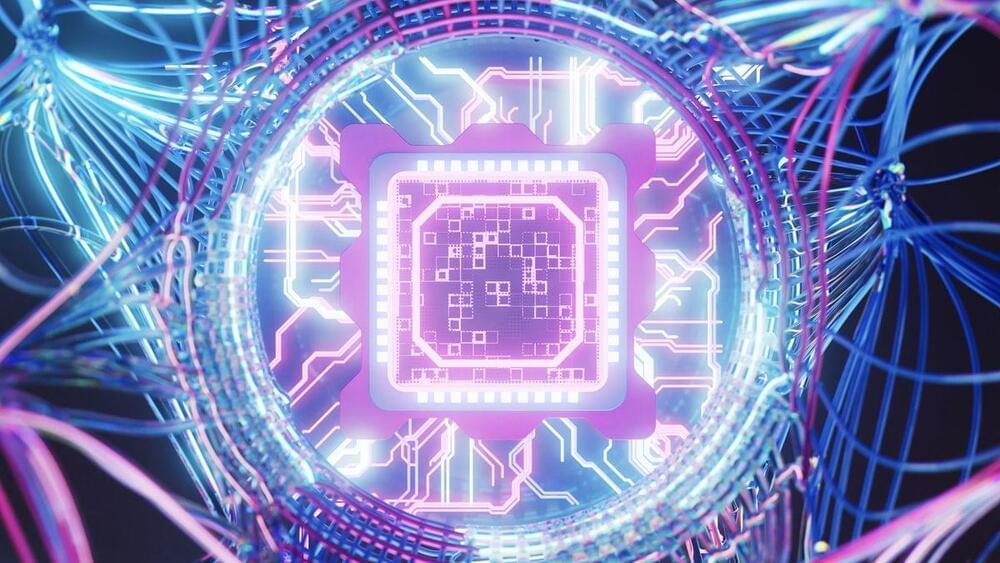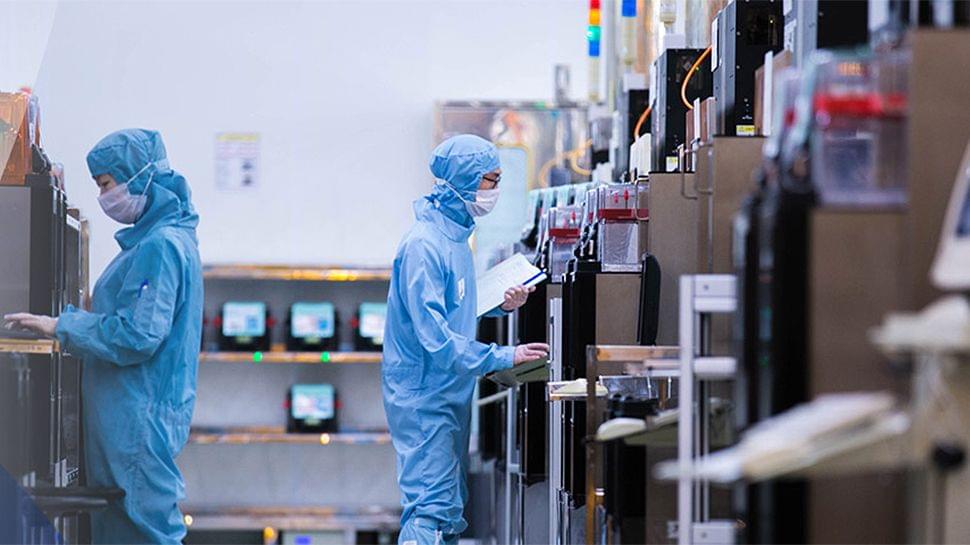Sep 7, 2024
For the first time, researchers achieve long-distance quantum teleportation over 44 kilometers
Posted by Shubham Ghosh Roy in categories: computing, internet, quantum physics
Quantum Teleportation Over 44 Kilometers Achieved, Paving the Way for a Quantum Internet Revolution
A team from Fermilab and the University of Calgary has achieved long-distance quantum teleportation over 44 kilometers, setting a new record. This breakthrough, detailed in Physical Review, advances the goal of creating a quantum internet—where qubits can be shared instantly through entanglement. This new capability could revolutionize data storage, precision sensing, and computing. The research demonstrates the potential for scaling up quantum systems and contributes to developing a blueprint for a national quantum internet. The previous record was only six kilometers, highlighting the significant progress made.

